Cursive Letters, Alphabet and Writing
- Home
- Cursive Letters, Alphabet and Writing
Cursive Writing
This page will help you see how the cursive letters and the cursive alphabet is written. In the Arabic, Latin, and Russian Cyrillic writing systems, the letters in a word are connected, making a word one single complex stroke.
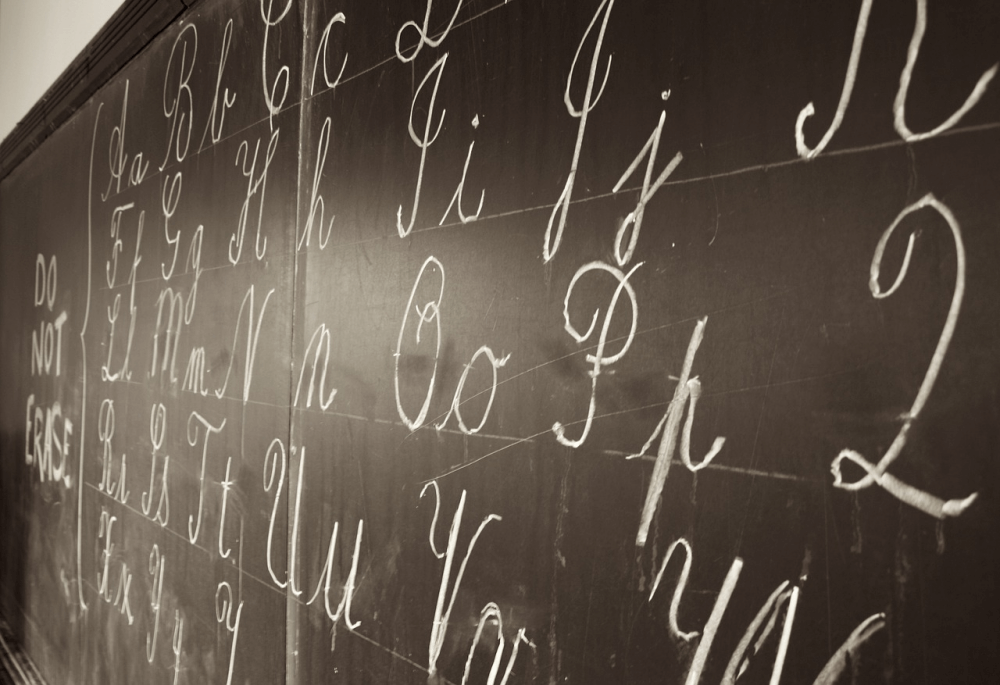
What is cursive?
Cursive, also known as script or longhand, is a handwriting style that includes natural joins between letters. This makes it faster to write than print and can be more expressive.
Modern-day cursive writing also includes uppercase capital letters and lowercase ones.
While the word “cursive” can refer to any kind of joined-up handwriting, it is most often used to describe a specific style of penmanship. This style is generally slanted to the right, with letter forms that are rounded and looped. The loops may be open or closed.

Where does the word "cursive" come from?
The word “cursive” is the final version of a number of translations and adaptations over the centuries from ancient Latin and Medieval French.
The original ancient Latin word currere ("to run, hasten") was the basis of the word cursivus ("running") in Medieval Latin during the period of the Middle Ages. This, in turn, formed the basis of the word cursif in Medieval French, upon which the present day word cursive is derived from.
This makes sense when you think about how cursive letters are often joined together in a flowing, organic way.
The history of cursive
The history of cursive can be traced back to the time of the ancient Romans and ancient Greeks.
By the 5th century AD, the Romans had even introduced to concept of capital and lowercase letters to their writing. While block capitals continued to be the predominant method of writing letters and Roman numerals on important documents and statues for instance, cursive handwriting was used increasingly by everyone from emperors down to the lower plebeian class (those that could write, anyway) as a way of quickly making notes when speed mattered more than creating a lasting document or record.
Although the first cursive handwriting style appeared in ancient Rome, it wasn’t until the Middle Ages that cursive really took off. Cursive was used extensively throughout Europe during this time period, as it was seen as a more efficient way of writing than block letters.
Interestingly, the word “cursive” itself didn’t become common in English until the late 18th century. Before that time, it was simply referred to as “running hand.” Today, of course, we use the word cursive to refer to any type of handwriting that is joined together in a flowing style.
In the 18th century, cursive was taught in schools as a way to help students learn how to write more quickly and efficiently. Today, cursive is still taught in most schools, but its importance has diminished thanks to the use of technology in everyday life, most notably the computer and word processors that can print documents rather than them having to be written out by hand.

The benefits of cursive
There are several benefits to learning and writing in cursive:
1) Cursive can help improve your writing speed. When you write in cursive, you don’t have to pick up your pen after every letter—you can flow from one letter to the next without lifting your hand. This can save you time and help you get your thoughts down on paper more quickly.
2) Cursive can help you understand the way our language works. When you write in cursive, you are able to see your words as a whole and get a bigger sense of how they work together.
3) Cursive writing can just look nicer in appearance. When a person's handwriting is neat, all the uppercase and lowercase letters are in proportion, and there is a slight slant to the writing, it will be visually more attractive than a block of uppercase text of nothing but large capital letters.
Of course, the downside of cursive is that it can often be much harder for another person to read that something written in capitals. It can even be harder sometimes for the person who actually wrote it to read later on if they can't decipher their own handwriting!
How to write in cursive
Below is the lowercase alphabet in cursive letters. Each animated letter image shows you where to start and where to end the pen stroke, and how to write each letter.
| Cursive | Cursive | Cursive | Cursive | Cursive | Cursive |
|---|---|---|---|---|---|
 |
 |
 |
 |
 |
 |
 |
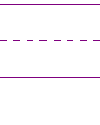 |
 |
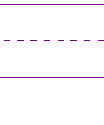 |
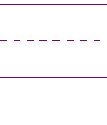 |
 |
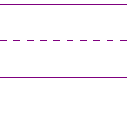 |
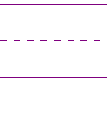 |
 |
 |
 |
 |
 |
 |
 |
 |
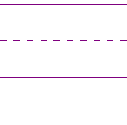 |
 |
 |
 |

